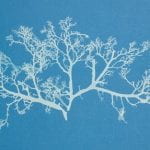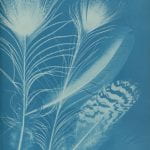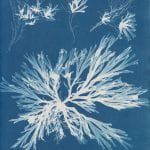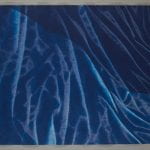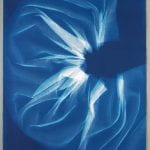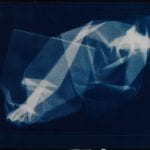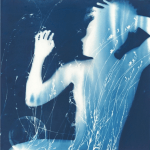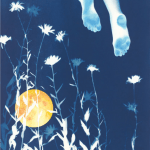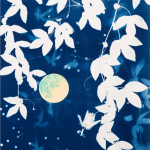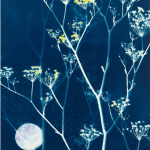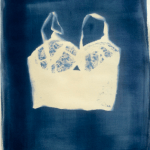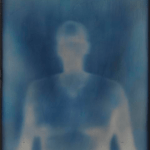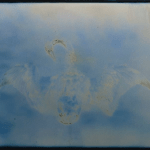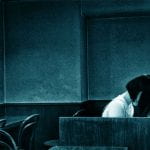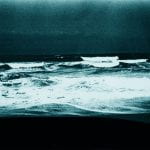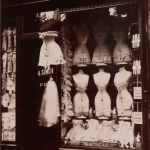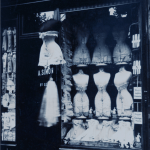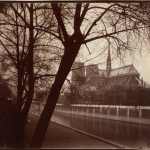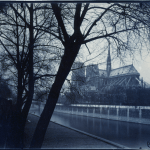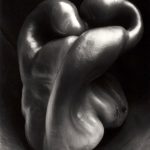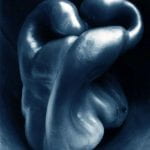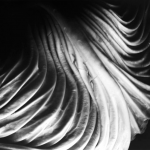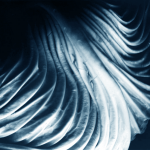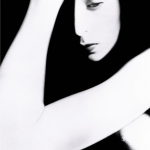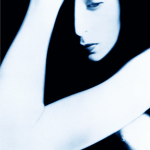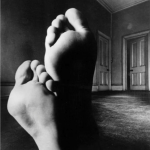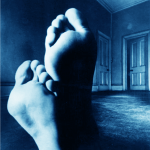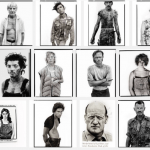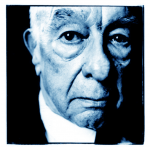The Light (and Delight) of the cyanotype
In her preface to Photographs of British Algae, Atkins argued that the ‘beautiful process of cyanotype’ did away with the difficulties involved in making accurate drawings of natural objects, particularly objects as ‘minute as […] the algae and conferva’. However skilled, no draughtsman could hope to match the unprecedented reality-effects produced when images derived from ‘impressions of the plants themselves’ (Castle, 2015)
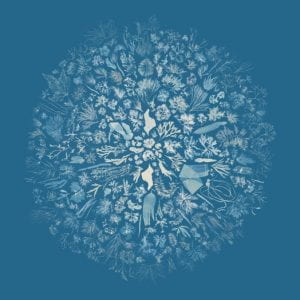
In this session participants will make cyanotype images from photograms and from acetate negatives in order to consolidate learning of the basics of analogue processes. It also serves as an introduction to the idea of constructed images, the dependence of the photographic process on light and time, as well as basic analogue development principles.
This Session could be run in conjunction with:
- Down the Rabbit (Pin)hole
- Sculpted by Light
- Only the Sun – lumen Printing Post to come
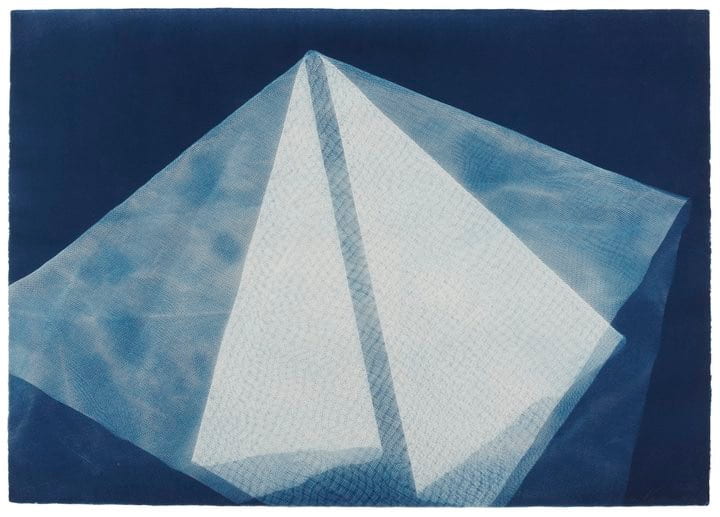
‘My work often begins with an exploration of materials, and my initial attraction to photography stemmed from an interest in how the photographic process could provide innovative means to create paintings. The photogram, free from technical restraints and training, offered a direct way to merge a painterly technique with light-sensitive emulsions…The interdependency of shadow and light is the essence of photographic exploration and an inescapable part of the photographic process. I see the play between these two phenomena as basic components of photographic abstraction, with their exchanging roles of solidity and transparency. In my work, shadow transforms the three-dimensional space of my constructions into the two-dimensional surface of the photograph’ (Kasten in tate, 2018)
Aims & Outcomes:
- For participants to discuss and visually explore the nature of photographic seeing
- For participants to experience and understand the nature of cyanotype processing
- Participant Take Away Outcome: At least 3 cyanotypes

‘I find these forms both beautiful and disturbing; they resonate as something familiar, but closer inspection makes them feel false – the depth and shade created by software instead of photons…My work imagines realities and dimensions we can’t yet sense, or only get glimpses of through meditation or psychedelics. I’m aiming for the resonance of something you recognise with the mystery of not knowing what it is.’ (Irish in Elliott Halls, 2019)
You will need:
- A selection of small objects / materials to make cyanotypes with (participants can also bring / find objects / materials)
- Some watercolour paper
- If you are using the sun to expose your cyanotype – a normal photo frame (mask off the glass with electricians tape) / perspex, cardboard, elephant clips will suffice.
- A Foam brush / measuring materials / trays / gloves / glasses / aprons *re Health & Safety requirements
- Cyanotype chemicals *available from Silverprint
- An Introductory brief & Presentation (below) for participants to outline the ideas and provide examples
- A booked room to critique participants work
- Blue tack to pin the work
- Costings and Risk Assessments
- See also the BBC GSCE Revision Guide here
Preparation Work:
- Make sure you have all of the required materials (including some objects / acetate negatives)
- Make sure you have booked the darkrooms if you are working on campus / have chemicals, lights, trays, perspex, etc if off campus and are adhering to Health and Safety requirements
- Are you going to prepare your cyanotype mix / coated watercolour paper in advance?
- If you are working with Primary School participants you could ask them to make a montage with some / the objects you have chosen on A4 paper and draw or photograph it. In the sesison / in advance, younger children can also cut out shapes and images from magazines (and mount onto card) as ‘objects’ to make storytelling photograms with.
- Are you going to produce / ask participants for a negative scan to invert and print onto acetate in advance? *More contrast works better in an acetate negative
Cyanotypes: ideas for Photograms
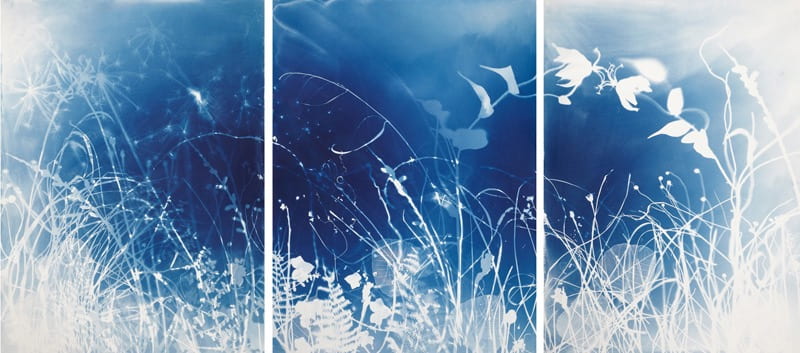
Cyanotypes: ideas for making Acetate Negatives
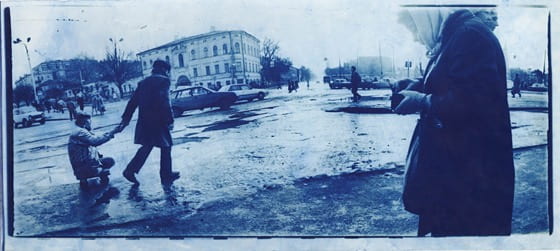
How accurate can a picture of the world be, one’s inner village-idiot wonders, if everything we see in it — not just yellowy-greeny-goldy-maroonish-brown seawrack — is recast in alchemical shades of blue? From one angle, the all-blue world of cyanotype is as hallucinatory a domain as the one Alice encounters when she wanders through the looking glass…So, whose algae is more realistic: the photographer’s or the painter’s? (Castle, 2015)
Suggested Session Outline: see josie purcell’s website here
